LPG is quickly becoming the best alternative energy source for cooking, lighting, and heating in homes, industries, and the agricultural sector.
Here are some facts that you should know about this growing energy source.
WHAT IS LPG?
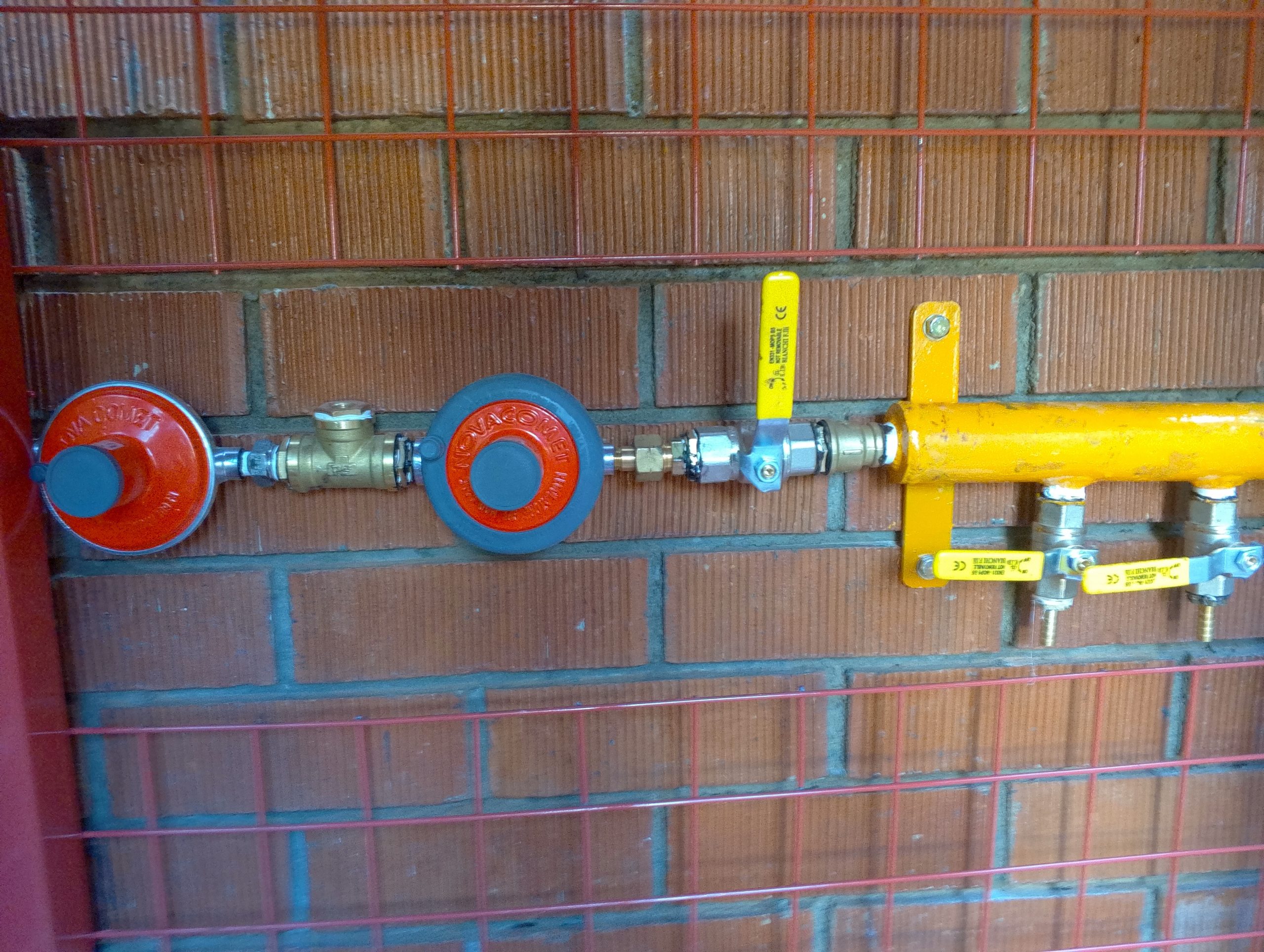
LPG stands for Liquid Petroleum Gas. It is a manufactured gas that is commonly stored under pressure and made available to the consumer for various purposes. Its major components are propane and butane, made as a byproduct of refining crude oil. Because of its gaseous state, it is stored as a liquid under pressure in gas cylinders. For use, you just need to open its nozzle and ignite the gas.
LPG is highly flammable, so you should use it carefully. You may cause a fire if you don’t.
LPG is famous for its cleanness (it does not produce toxic fumes and soot), diversity in uses, affordability, efficiency, portability, environmental friendliness, and long-term sustainability.
Commercial uses of LPG
LPG is used as:
Industrial fuel.
Because of its versatility, LPG is widely used in industries to heat up ovens and kilns that operate on a large scale and also to power up heavy machinery like forklifts.
So yes, products such as deodorants, ceramics, baked goods, and textiles are a result of using this gas in production.
Refrigerant
LPG is used as a coolant in refrigeration and air conditioning systems because of its sustainability and environmental friendliness. It is an efficient alternative used in the place of electricity to power up these cooling systems.
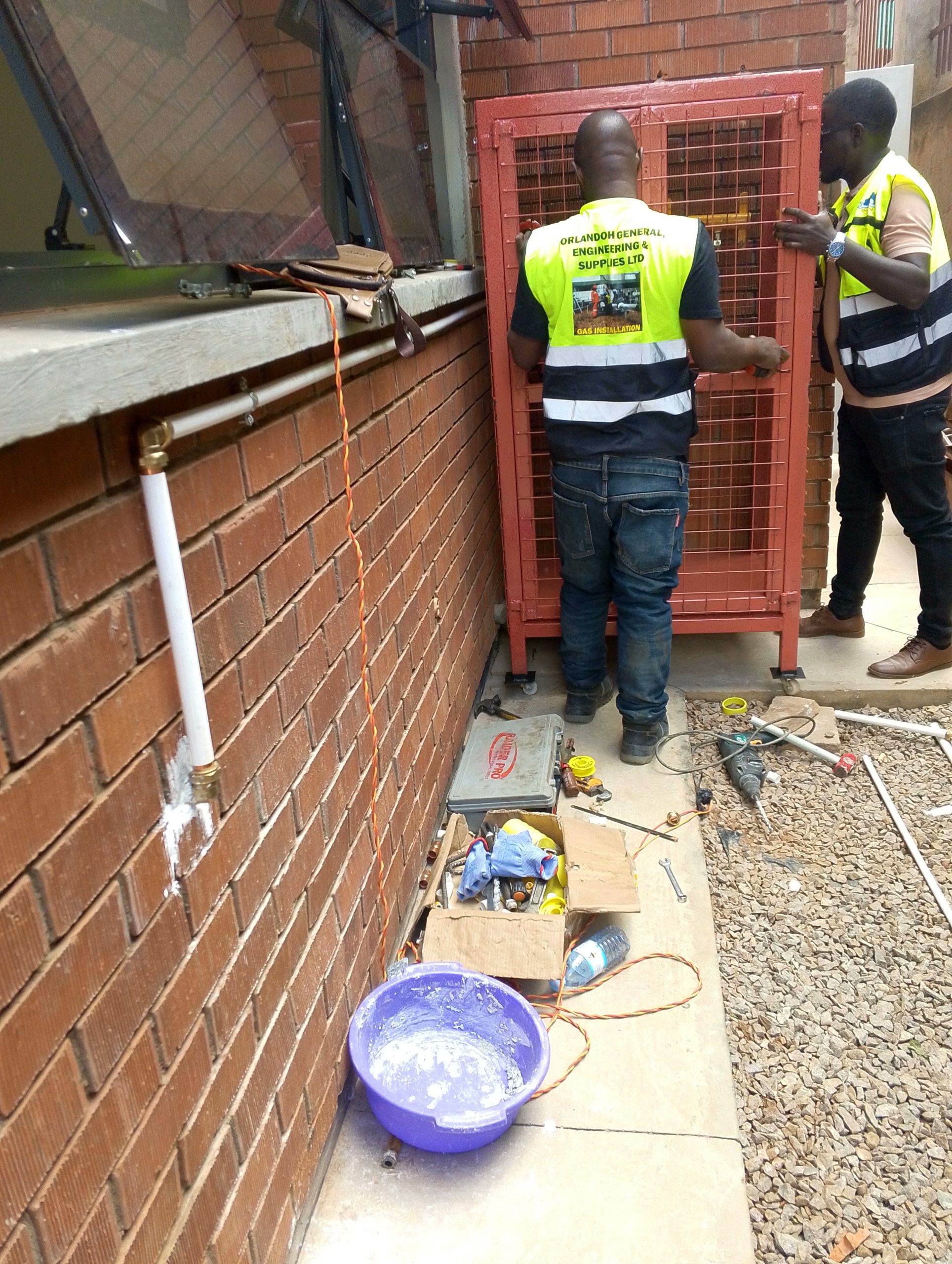
Domestic uses of LPG gas
Cooking Gas
This is the main use of LPG in homes. It is used in gas ovens and cooking on direct cylinder tops. Gas is preferred in cooking because of its high efficiency. There is high control over the heat as one can easily switch from low to high temperatures instantly.
Heating.
LPG is suitable for water heating. It’s a great fuel for instantaneous hot water systems, and so on.
Frequently asked questions about LPG
How much does an LPG gas cylinder cost in Uganda?
The price of a gas cylinder depends on your gas supplier. The Ugandan market has various providers who manufacture and sell LPG at affordable prices. Some of the popular Liquid Petroleum Gas suppliers in Uganda are Total, Shell, Kobil, Hass, Oryx, and Hashi.
The tables below show the comparison between the LPG Prices of Total and Shell.
TOTAL
| Cylinder (KG) | Refilling (UGX) | Initial Price (Cylinder and Gas) (UGX) |
| 3 | 26,000 | 156,000 |
| 6 | 49,000 | 192,000 |
| 12.5 | 100,000 | 310,000 |
| 38 | 225,000 | 615,000 |
SHELL
| Cylinder (KG) | Refilling (UGX) | Initial Price ( Cylinder and Gas) (UGX) |
| 6 | 49,000 | 180,000 |
| 6 (with the burner) | 49,000 | 193,000 |
| 12 (metal cylinder) | 96,000 | 280,000 |
| 12 (gas lite) | 96,000 | 324,500 |
| 45 (bulk cylinder) | 267,000 | 562,000 |
As can be seen from the two tables above, the cost of a gas cylinder depends on the size and added features of a specific cylinder. There are a good number of options to choose from, go for a cylinder whose price is within your budget (wallet-friendly) and a supplier who is easily accessible and offers other services. The initial price should not scare you: it is only paid once at the first purchase of the cylinder, after that, you only pay the refilling fee.
There’s no need to worry if you’re too busy. There are several companies dealing in LPG installation and supply that will handle it all for you.
What Is The Best Cooking Gas cylinder size In Uganda?
It all comes down to preference. As seen from the table above, Total has the smallest (3KG) size. So if it is size you are going for, then Total it is. On the other hand, Shell has more choices.
How Long Does A 3kg Gas Cylinder Last?
There’s no absolute answer to this query. How long this cylinder lasts depends on your usage. Using gas on low pressure prolongs its usage while high pressures deplete the gas in the cylinders at a faster rate. Also, how frequently you use your gas will determine how long it lasts.
FOR LPG INSTALLATION:
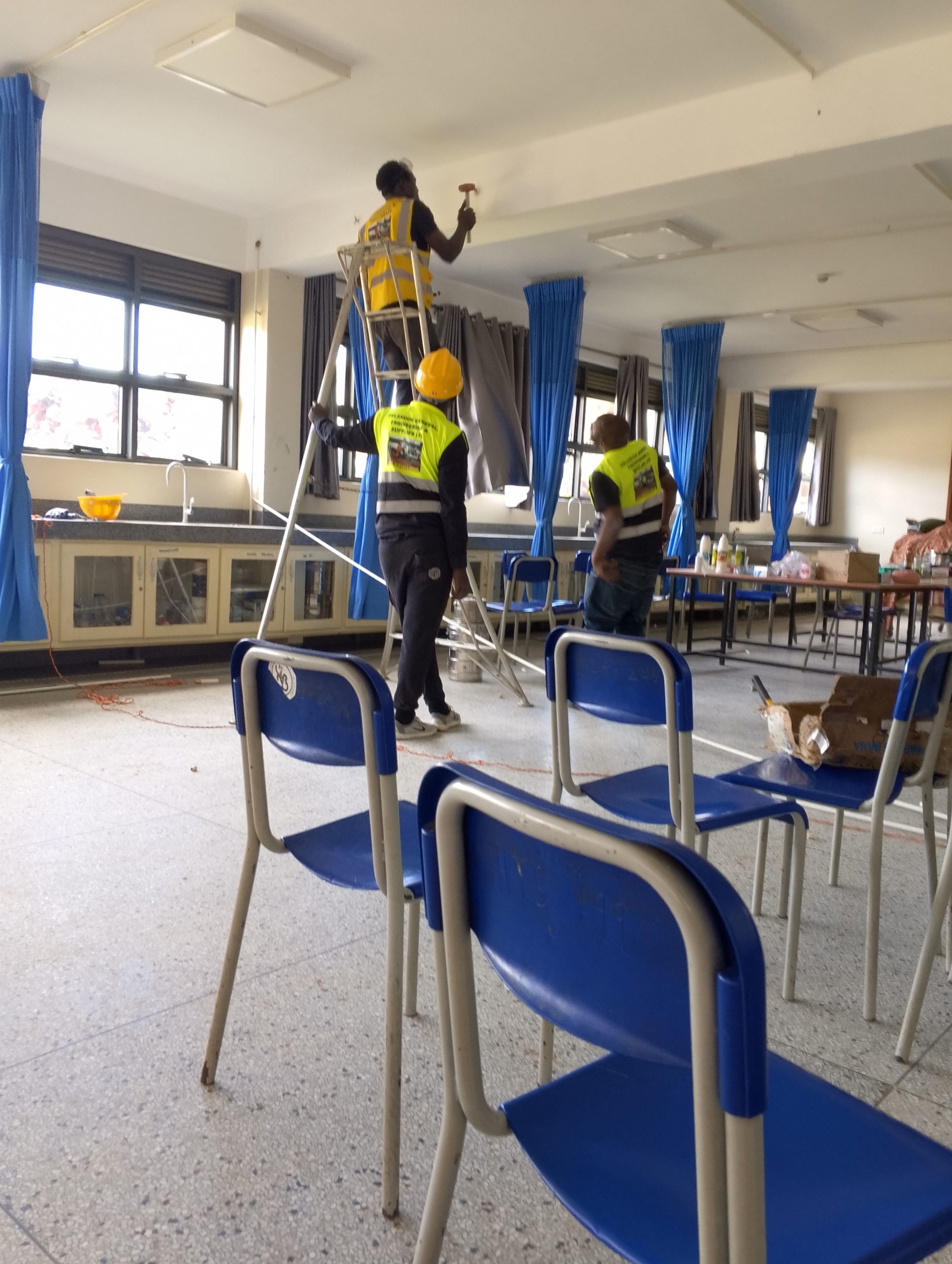
Orlando Engineering is one of the best suppliers of LPG in Uganda. We’ve have worked with the biggest names in the industry like Total and Shell.
For more information: Visit our offices at Susie House Room (16) on Ggaba Road or call us on +256393248799
Cut down on the use of charcoal and conserve the forests. The time to act is now!
Procedure for LPG Storage Tank Installation
Tanks will be positioned in the tank pit using the appropriate size of the crane and required accessories like a sling provided by the main contractor.
Dimensions and location of the tank pit should be as per the approved drawing.
After the tank has been positioned in the tank plinth, it will be backfilled using fine sand.
Procedure for piping hook-up to equipment
The completed piping will be hooked to the plant & equipment as soon as they are erected or if equipment arrival coincides with the construction schedule the piping will follow the completion of equipment installation.
Sufficient field joints in the pipe will be kept for adjustment alignment and modification if required.
All the nozzle location orientations will be checked for the installed pipes after the equipment is in position. If any modification is required to match the Equipment nozzle connection to the piping will be done.
All pipe connections will be checked for ensuring that it is connected without tension.
Once all installation activity will completely remove all equipment connections and the complete piping system will be flushed and pressure tested by using nitrogen.
Pipelines shall be connected to equipment after completion of installation and testing.
After completion of all activities, a final inspection will be conducted and recorded
Hangers and Supports Installation
A. Ground-Level Pipe Supporting:
The distances between each pipe support will be as per the approved drawing.
The support will be of the “C” channel.
One side of the channel will be bolted to the concrete slab/floor (existing slab/floor).
Another side will be used for pipe placement with a proper “U” clamp.
The “C” channel supports will be painted to avoid corrosion.
B. High-Level Pipe Supporting:
The distances between each pipe support will be as per the approved drawing.
Threaded Rod with rubber-lined clamp support will be used to hold the pipe.
One side of the threaded rod will be fixed to the ceiling with the help of a drop-in anchor
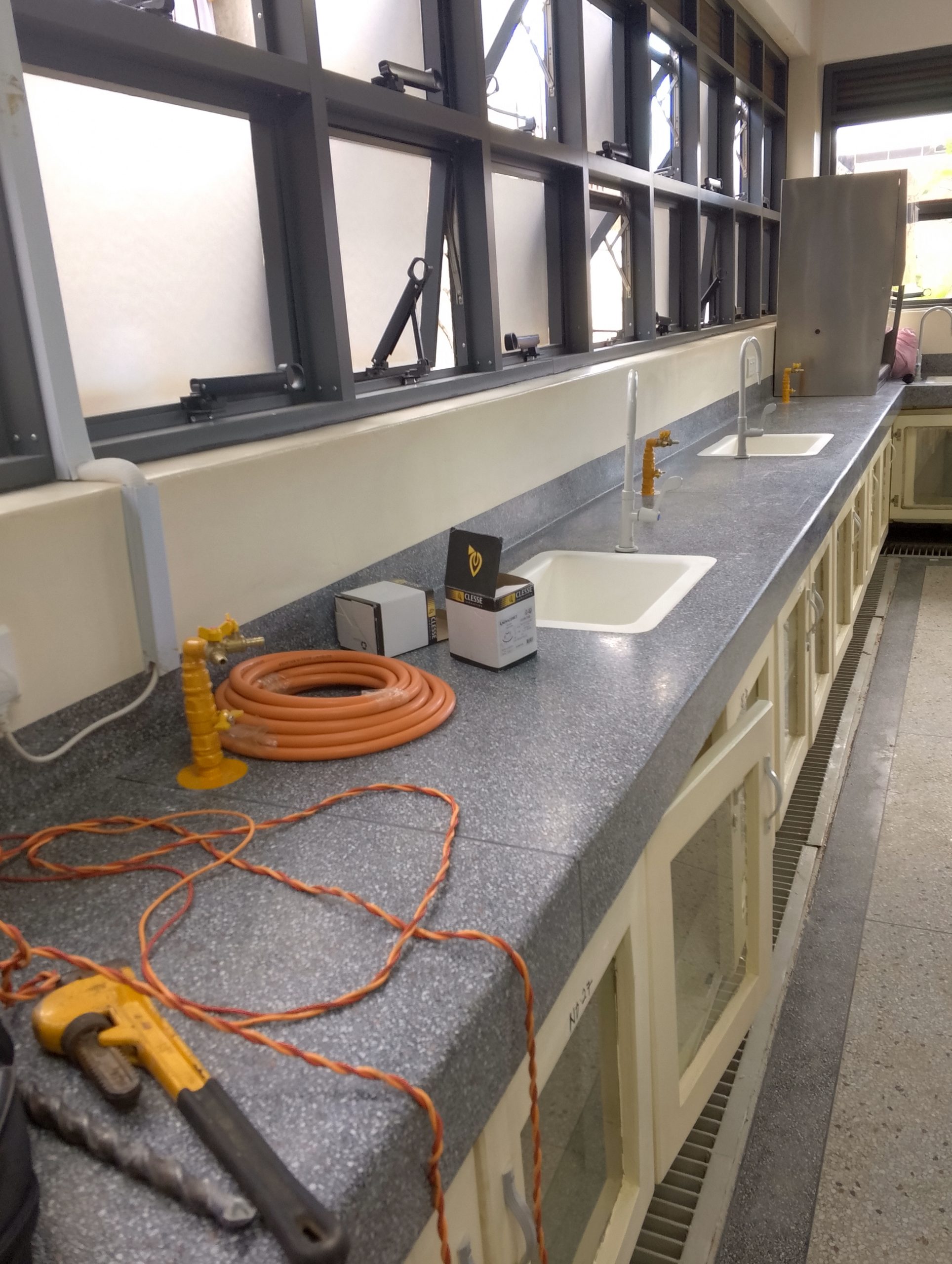
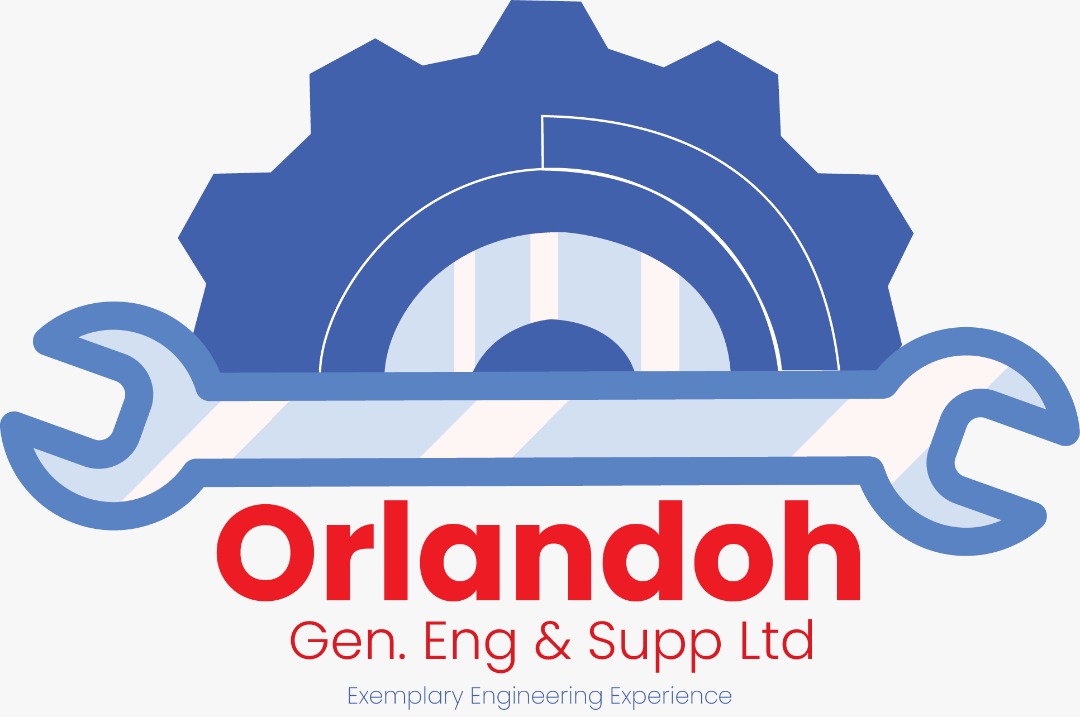
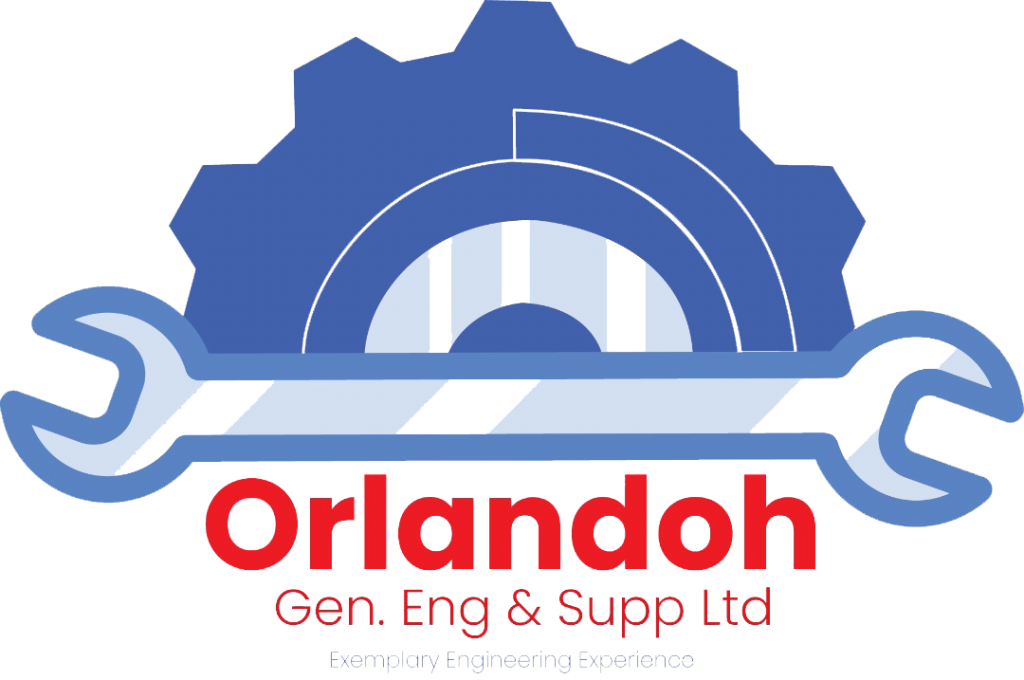

contact us for all your Lpg domestic and commercial installations